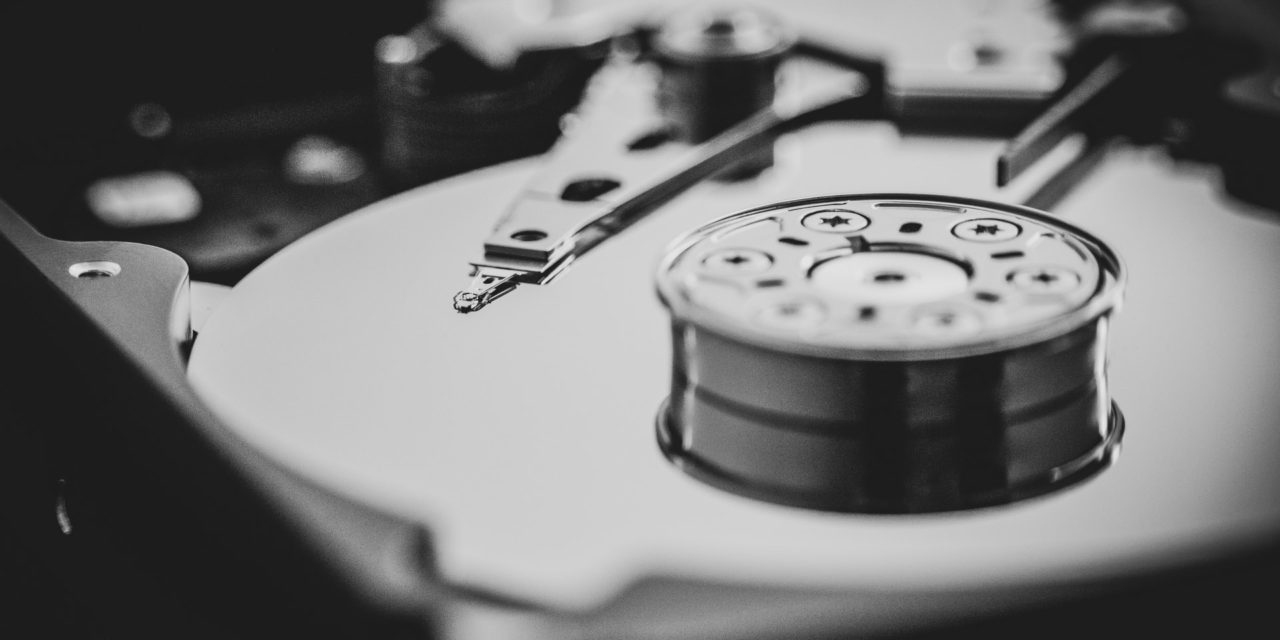[ad_1]
People who use their computers for graphic design work need computers with specs different from those that will be enough for general users. Because the hardware configuration plays such a huge role in the quality of the final output, most graphic designers take a lot of trouble in choosing their computers. For a long time, Apple was the first and practically the only choice and Macs set the standard for graphic design abilities that others tried, but never could match. Today companies like HP and Dell have introduced PCs and laptops that are able to compete with Apple. But the best way to define what makes a good graphics design computer is not to look at competing brands and models, but to define the specs that make a computer the right one for a graphics designer.
It's Not Going To Be Cheap
A graphics design computer is going to be a high end one, with a lot of expensive options. While there are the lucky few for whom money is no object, for most of us compromises will have to be made. These compromises need not affect the performance of the computer if they are thought out judiciously. For example, a person who does designing as a hobby will not need huge storage and can make do with a smaller HDD. Those who do not do large volumes of work could consider a less expensive processor since speed is not a critical area for them. There is only one thing that must never be compromised on and that is the graphics card – always get the best you can.
The Basic Graphic Design Computer Specs
Let's start with the Operating System – you must have Windows 7 64 bit version (unless you are going in for Apple). Next comes the optical drive – any high speed DVD RW will do. Blu Ray is a needless expense. As for RAM, you should look for at least 6 GB of DDR3. You could go in for less, but as mentioned earlier, it will slow you down. Do not make the mistake of looking at the HDD only in terms of capacity. While 500 GB is the minimum, you should think of one of the new 10,000 RPM drives rather than the older 7,200 RPM ones. The speed with which you can open files will be a blessing. If you can afford it, go in for the new SSDs – very reliable and fast. You will need a second storage device and a 1 TB external drive is the best.
Two critical components are the display and the graphics card. While the size of the display depends on personal preference, most designers use at least a 17 inch one. Of course, it must be a high definition LED display so you get the best images of your designs. As for the graphics card, nVidia have for long been the best in the business and their 2 series cards are the best you can get. However, the new ATI cards are also very good and if you buy a computer with ATI installed, make sure it is a new 5 series card.
Two Options
A computer with anywhere near these specs will set you back around $2,000. Spend time checking out the various options available to get one that is nearest your requirements. Dell has recently introduced the Studio XPS 9000 which is one of the best graphic design computers available today:
– VIDEO CARD: nVidia GeForce GTS 240 1024MB
– DISPLAY: 22″ Samsung HD LED
– HARD DRIVES: 2 x 1TB 7200 RPM SATA
– OPTICAL DRIVE: 16X DVD+/-RW Drive
– PROCESSOR: Intel i7-920 processor (8MB L3 Cache, 2.66GHz)
– OPERATING SYSTEM: Windows® 7 Home Premium, 64bit
– MEMORY: 9GB DDR3
This costs around $1,800 – about the same as a good Mac. So the choice of a Windows or Apple computer is up to you.
The other options is one that could save you money. That is to build your own computer to exactly your specs. You will be able to get a higher spec computer for less than the cost of a branded one. But unless you are sure of what you are doing, don't try it. There is no warranty or service support to help you when things go wrong.

